This is a demo store. No orders will be fulfilled.
Best Baits: Fresh vs Frozen Fishing Baits

In this fishing bait guide, we will cover the differences between fresh and frozen baits and which ones may suit you better, depending on your discipline and target fish.
What Exactly is “Fresh Bait”?
If we are talking fresh dead baits such as dead maggots, dead mackerel, peeler crab, etc, then in most cases to be classed as fresh it should be less than 24 hours old. In some instances, it can and will last longer but for the most part, many anglers will have fresh bait caught or purchases on the day you are fishing or the night before.
Fresh bait may also include live baits such as marine worms, lobworms, live castors or maggots and so on. This guide will also cover fresh baits in the terms of shelf life baits such as pellets and boilies.
What Are Frozen Fishing Baits?
Frozen or freezer baits range from frozen dead baits such as mackerel strips to frozen made baits such as boilies or pellets. For many years freezer baits such as freezer boilies were seen as the premier form of boilie on the market as they contain active ingredients that have to be frozen to preserve their freshness.
Both fresh and frozen have their own benefits which this bait guide will highlight for you.
Sea Fishing Baits: Fresh vs Frozen
When it comes to sea fishing baits, you usually use less man-made baits and opt for items such as squid, peeler crab, mackerel and marine worms. Nevertheless, there is a large variety of baits available to UK sea anglers and places to purchase them from such as fishing tackle shops, specific bait shops, fishmongers or even supermarkets. If you are an experienced sea angler, you may even collect the bait yourself.
To read more on types of Sea Fishing Baits, check out our dedicated guide; here.
What is the Main Difference Between Fresh and Frozen Bait Fish?
In most instances, freshly caught sea fishing baitfish can be determined if the flesh is still firm. This firmness to the fish’s flesh will aid it with staying on a sea fishing hook much better than if it has been frozen as this can, in turn, make the flesh softer as it defrosts.
How To Determine Whether a Bait is Actually Fresh or Not
Whether it is fresh fish in a bait shop or judging from your own coolbox of fish baits, knowing some telltale signs of if a fresh bait is still worth using can be vital in your catching success.
Body: Be sure that your baitfish has no punctures, wounds, or cuts as bodily damage is a sign of poor capture and handling, making them less attractive to other fish.
Gills: When inspecting the gills of the baitfish, the gills should be bright red or purple-red to indicate freshness. If these colours are dulled or faded it is a sign that it is past its prime, especially if the gills have started to turn brown.
Colour: The overall colour of the fish may be the easiest way to dictate if the baitfish is worth hooking on your line as if it isn’t the same colouring as it would be alive as well as vibrant and glossy, it will be less attractive to your target fish.
Eyes: When buying baitfish from a fishmonger or supermarket, look to see if its eye are still clear or feature its original colour. If the eyes are cloudy or sunken into the head it may be worth avoiding.
Texture: Roughly touched on earlier, fresh bait is firm, not mushy. Alternatively, avoid overly hardened or dried out bait.
Slime Coating: If the baitfish is missing that slime coat in its scales then it is not worth using unless you chop it up as freebies.
These tell-tale signs are a must for telling just how fresh your sea fishing baits are when picking them out at your local bait shop. This might help you decide whether to buy fresh or frozen or to even seek out your own fresh baits.
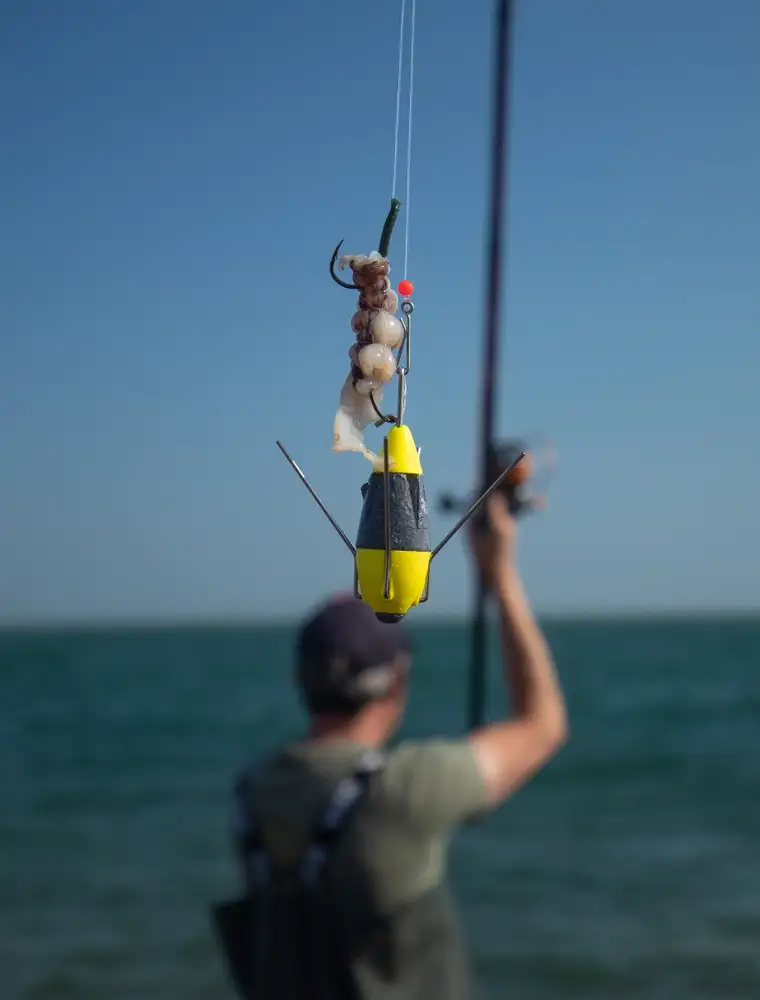
TOP TIP: Try cutting the flesh of the baitfish you have caught into strips, rather than cubes, this will give the bait some added movement in the water. |
Which Bait Works Better for Sea Angling - Fresh or Frozen?
Fresh fishing baits seem to be the top choice for sea species, especially those opting for using worms as fishing bait. Worm baits such as ragworm and blow lugworm do not freeze well, however, black lugworm does so anglers can have a supply of this type of bait for months where bait is harder to obtain such as the winter season. Frozen bait also offers the benefit of quicker, convenient access of hard to obtain baits such as Peeler Crabs. Peeler crabs are an excellent sea bait but they can be very difficult to obtain, especially from fishing tackle shops so many anglers will collect their own for sessions to come and it is perfectly fine to freeze them for future use.
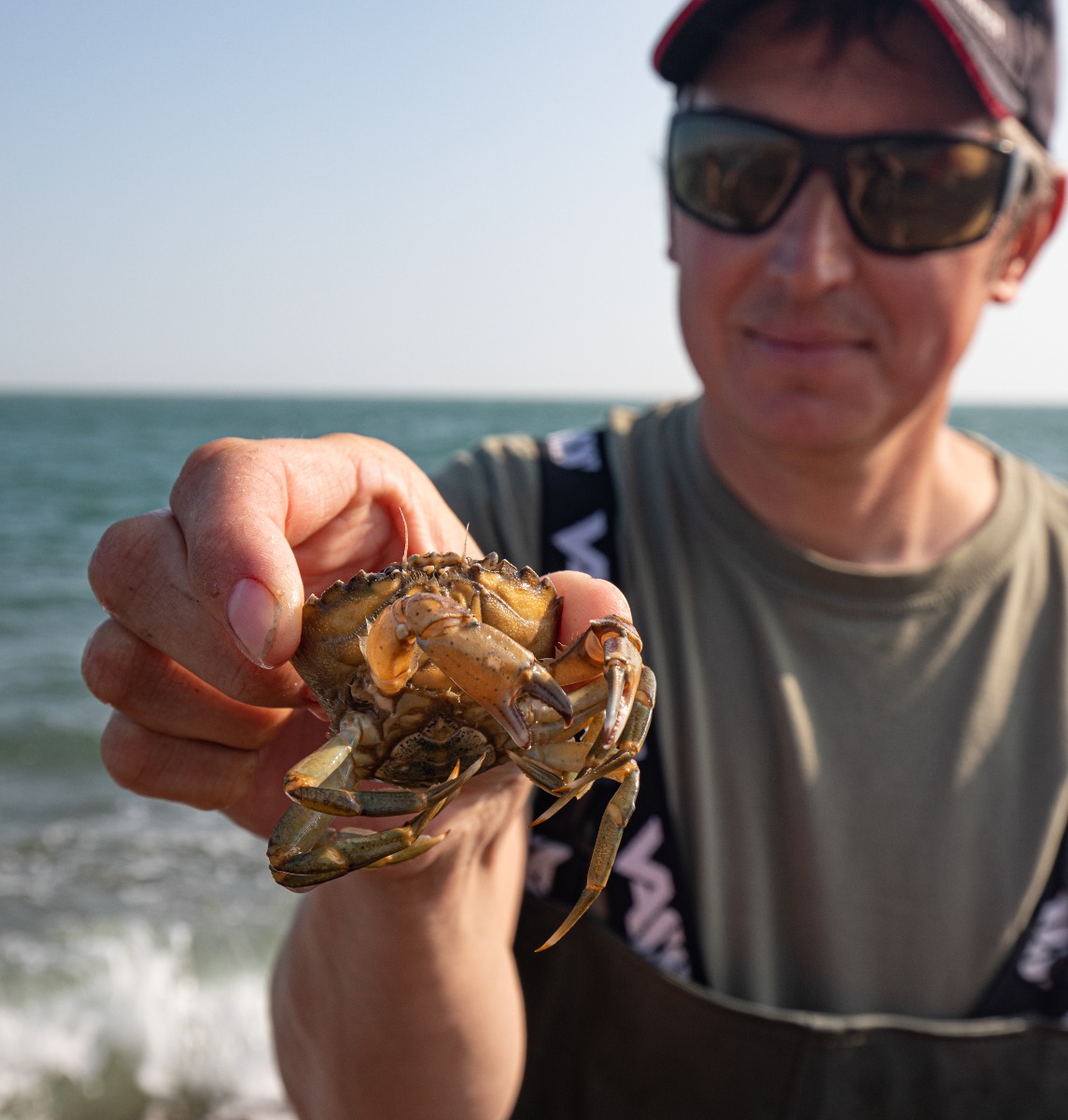
Although fresh is a top choice for many, it hard to ignore the abundance of fishing bait that not only freezes well if leftover or self-caught but frozen fishing bait can also be purchased from fishmongers, supermarkets, bait shops or even from online retailers. The convenience of frozen fishing bait, for some, can outweigh the high attractiveness of fresh baits.
Frozen is quick and easy and available at short notice, however, not many anglers rely on just frozen bait when at the shoreline or on a charter. A winter cod fishing session could empty out your freezer of peeler crabs but also include freshly dug lugworm and mussels, making a fresh and frozen bait cocktail.
WARNING: Once a frozen bait has been defrosted, it should not be re-frozen as during the thawing process the juices that are essential to attracting fish and building up the scent trail will have leaked out and the bait will therefore not be of the same quality when it is re-frozen. |
Is it worth it catching your own Fresh Sea Fishing Baits?
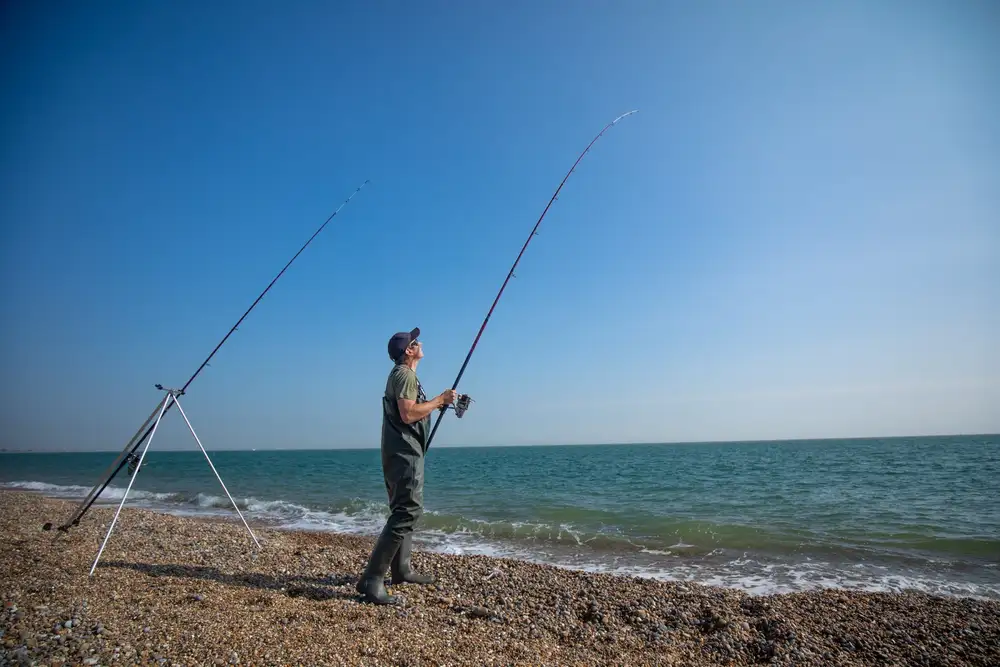
Many sea anglers with use scavenged bait to target species such as sea trout or maybe a subspecies of shark or ray, dependent on what challenges the tide, weather conditions and location bring to your fishing. It also depends on the time available to you before the session, if it is a last-minute choice, freezer bait may be your only option, especially if the fishmonger does not have any herring or mackerel for you to use.
TOP TIP: If your chosen fresh or frozen bait is soft such as peeler crab or mussel, it may need extra protection for casting or hitting the seabed which can be achieved by securing to the hook with bait elastic. Alternately, there are several terminal tackle items available that can shield your bait from flying off on impact. |
Predator Fishing Baits: Fresh vs Frozen
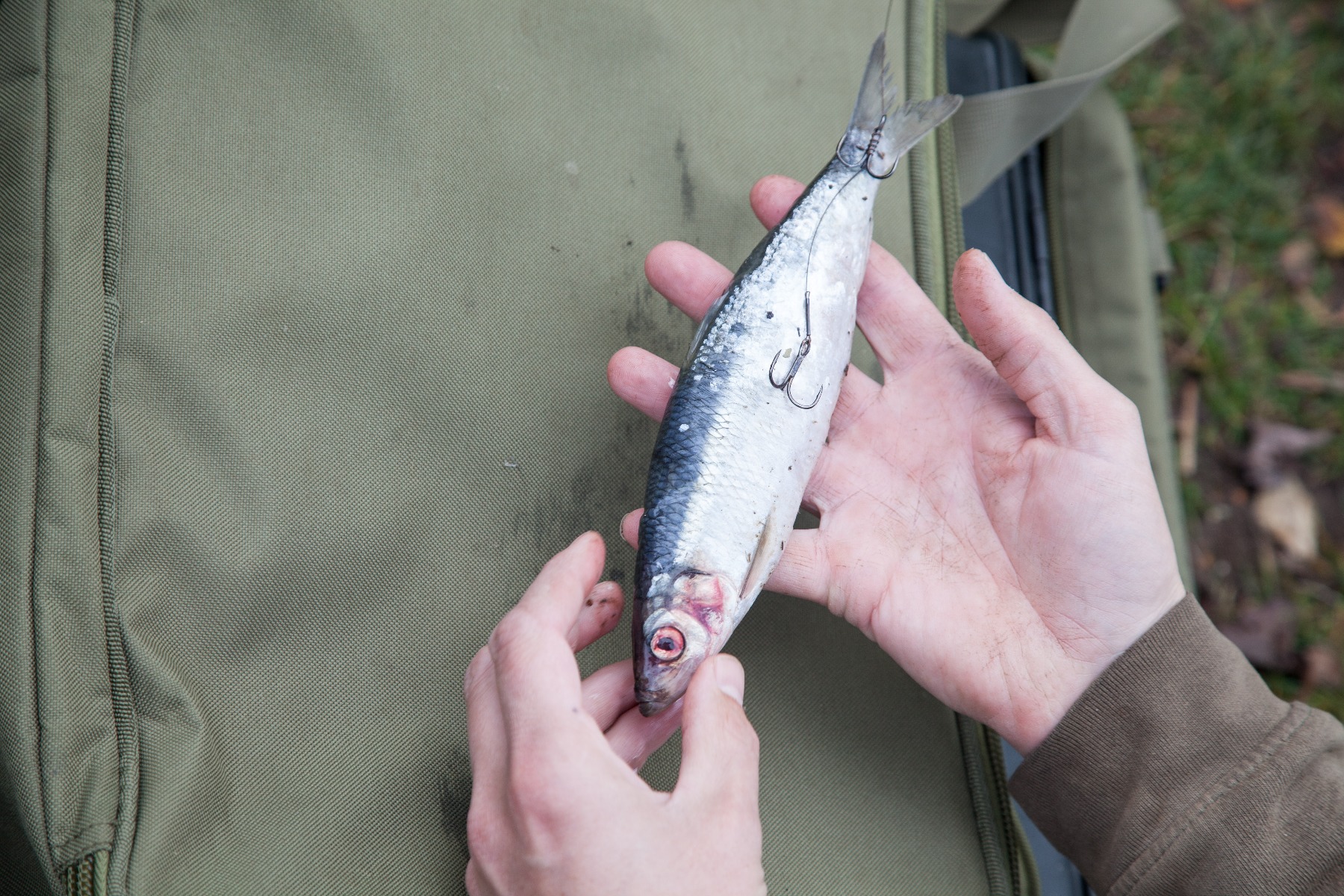
For catfish and pike species many anglers will debate on using fresh or frozen dead baits such as shads roach, rudd, and many saltwater baitfish. Although frozen bait is an option, many catfish anglers will use fresh fish strips or whole baitfish only.
When it comes to fishing for pike, they tend to be less picky and fresh or frozen rudd and roach will often result in a catch. Similar can be said for zander. You can also use frozen sea baits for predators, although many also use artificial baits such as lures. The benefit of frozen fishing bait, other than convenience is its hooking ability. The hooks hold better in many frozen baitfish such as mackerel tail and sprats whilst casting out.
For More Information on Pike Fishing on Lures, read our guide, here.
How to Make Frozen Predator Bait More Attractive?
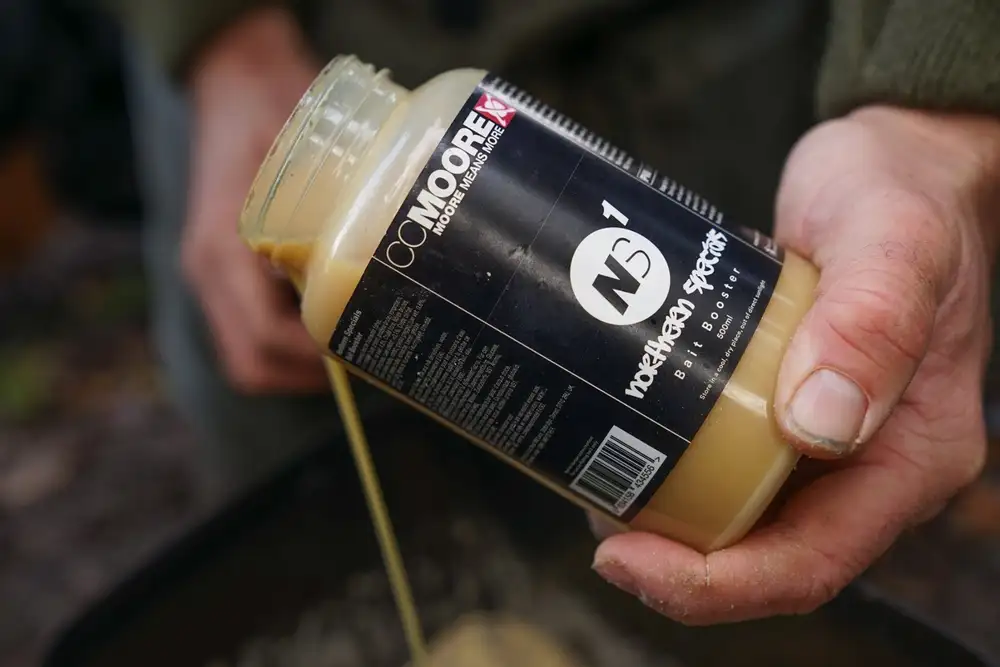
Freshly caught dead baits are sure to bring more attraction to your swim, but if you are using frozen and are worried the attraction of the bait is limited, you can always use a bait additive. Whether it’s a glug, bait liquid, bait spray or some mackerel oil, you can boost your softer, frozen bait to gain the interest of those freshwater predators.
TOP TIP: Be sure to pack your frozen baits last (the morning of your trip) and store them in a cool box to ensure they stay frozen for as long as possible. |
Where to Buy Pike and Predator Baits?

If you do not have the time to catch fresh baitfish for dead bait for predator species, you can easily pick up frozen baitfish from your local tackle shop or get some fresh sea fishing from the fishmongers. Be sure to also buy yourself some traces for mounting your chosen predator bait.
Carp & Coarse Angling: Frozen vs Shelf Life Fishing Bait

It has been an age-old debate for many coarse and carp anglers who feel that either shelf life baits are too hard or that pressured fish only eat freezer baits…but the release of shelf life boilies and baits have given more option to those that simply need more bait, that is fresher.
What Is the Difference Between Shelf-Life and Frozen Baits?
The answer is, not a whole lot. Other than one being stored in the freezer and often a little bit softer in texture, and the other stored on the shelf and much easy to transport and store, there is not much that differs in the bait. The shelf-life tends to use preservatives in order to keep them fresh in their packets for as long as possible, yet frozen can live in the freezer for months without changing too much in flavours and textures when put in the hook.
Why Do Coarse Anglers Use Frozen/ Freezer Baits?
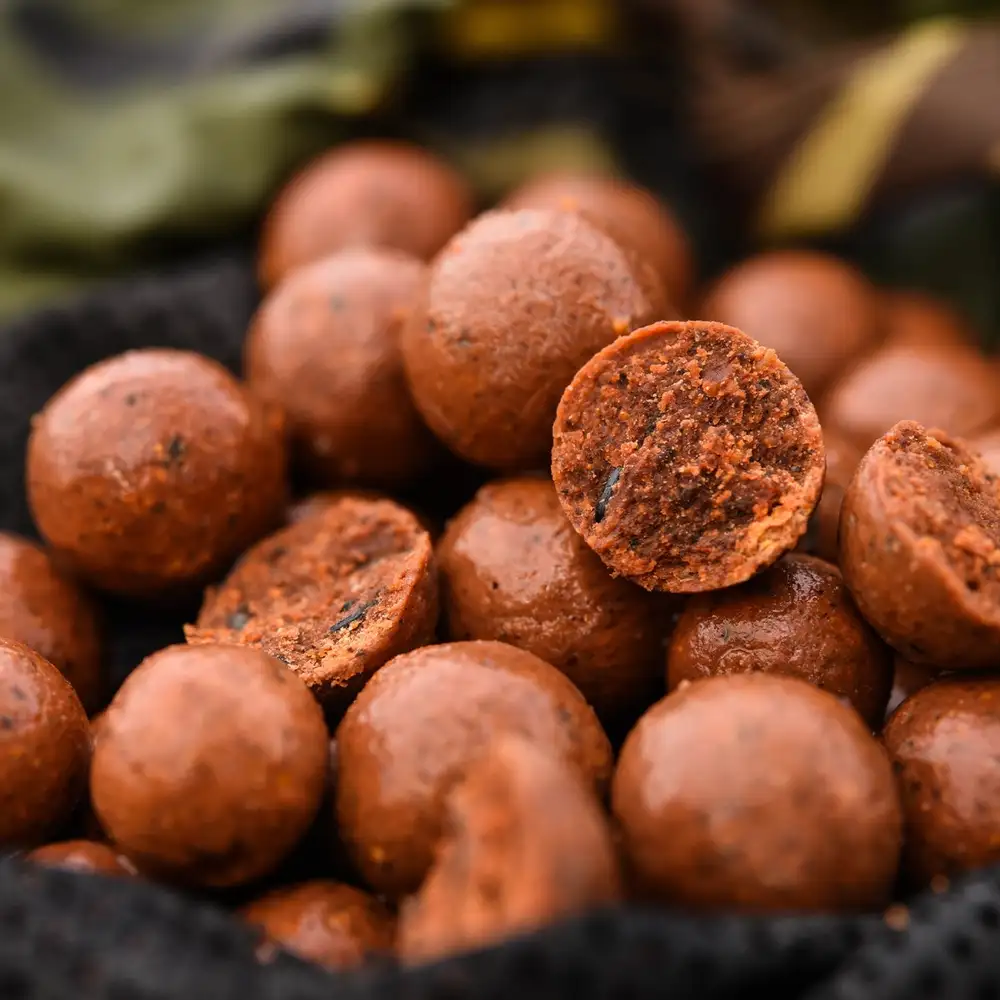
From match to carp angling, most frozen baits will include freezer boilies and pellets. These are an ideal option for anglers wanting to preserve the freshness of the bait for as long as possible but are not planning of fishing too regular, taking just a few of your large quantity of boilies at a time for a session. Frozen boilies also seem to be softer in texture, making them more pliable and easier for carp to digest.
What Are the Negatives of Frozen Bait?
Although frozen baits can preserve freshness this is seen as its biggest benefit but also their biggest weakness, as you need to find a way to keep the bait/ boilie as cold as possible on the bank. For a long session, this can be a nightmare, as it is only by defrosting the bait at the right time that you can get the very most out of it. Defrost too much and you’re left with loads of waste. Defrost too little and you’re stuck without enough bait to last you. There are an abundant amount of flavoured boilies on the market, cell boilies and krill boilies are some of the most popular.
What Are the Benefits of Fresh, Shelf-Life Baits?
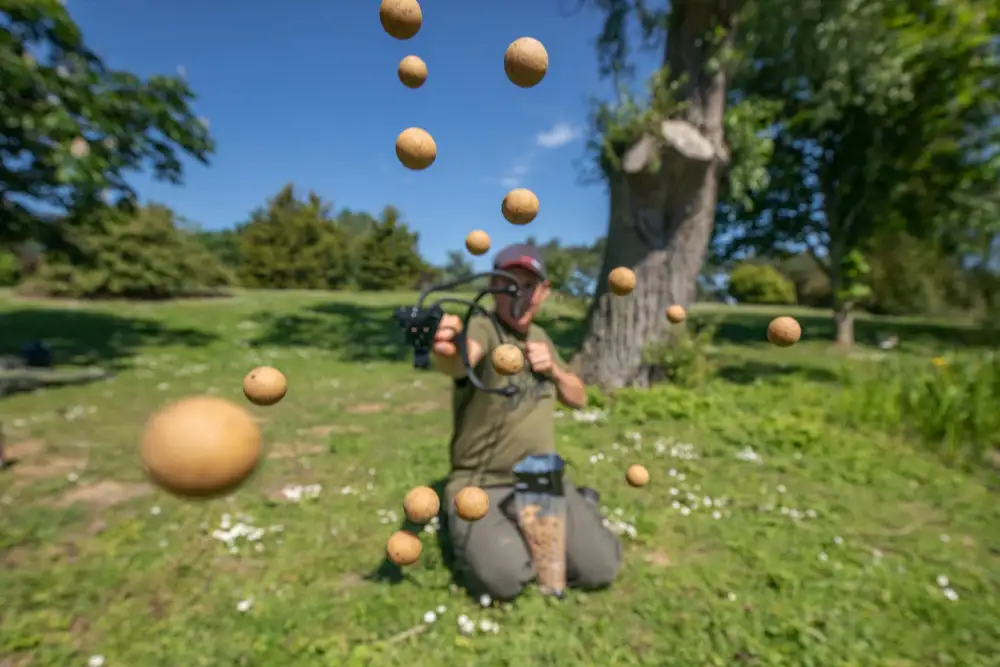
Fresh or the ‘shelf-life' boilies have the same structural makeup as a freezer boilie except that they feature preservatives to keep the bait fresh. This means that you can store them in a cool and dry environment for extended periods of time without worrying that they’ll be ineffective by the time you hit the bank. You can take these baits down to the bank in large quantities, too, safe in the knowledge that you’ll be able to use any unwanted bait on your next session.
We’ve got a guide to some of the best shelf-life boilies on our blog, view here.
Best Recipe for Fresh, Homemade Fishing Bait
Alternatively, if you hate shelf life and frozen does not offer you large enough quantities you could try fishing with your very own, homemade boilies. Why not check out the video below from our Bait Kitchen Team, making their own boilies and boosting them with some Mainline Liquid Additives.
Live Baits for Coarse Fishing

It is also worth noting in the fresh vs frozen debate that fresh live baits are a top choice for those a fan of worms, maggots and casters. Get yourself a good quality bait box or bait tub to store those fresh maggots in the fridge or to pick up on your way to your chosen freshwater venue.
You can freeze your maggots too but not that these may kill the maggots so you will get no wriggling from them but are still ideal for bait mixes or on venues with silty bottoms. Those that do survive, remain dormant but to preserve your live bait be sure to store them in a fridge and do not let them get too warm.
We hope this guide to fresh and frozen baits for coarse, carp, predator and sea fishing was helpful. The debate for best bait will always end in personal preference and the preference of the fish you are trying to land!
